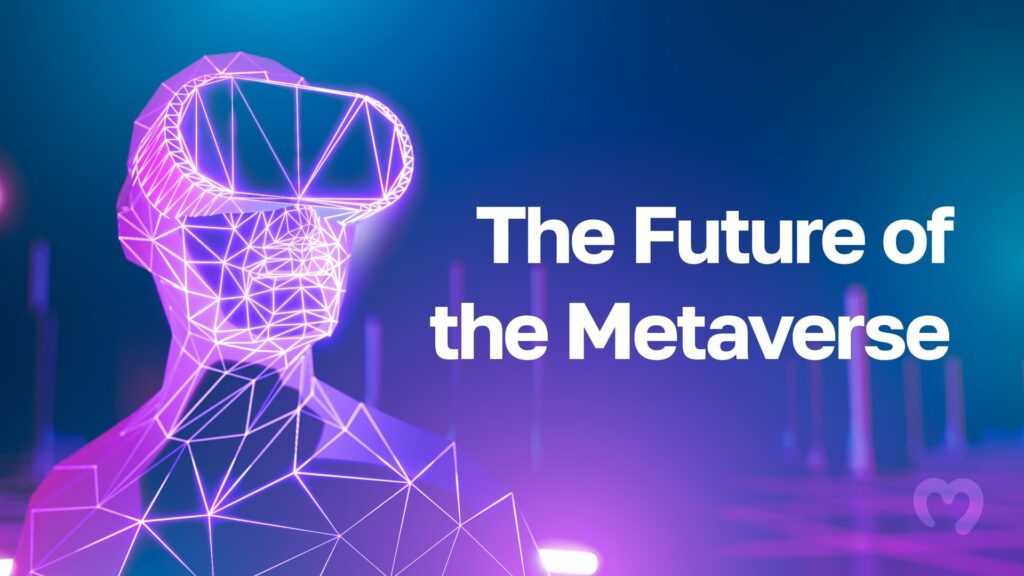The metaverse is rapidly gaining traction in the areas of technology, gaming, and social media conversations, and this is because it is slowly becoming a reality. It refers to two spaces that are blended seamlessly, where the digital and the physical exist. Technological advancements have made it possible for individuals to interact, socialize, do business, and navigate freely through virtually two interconnected digital worlds that the metaverse is made of.
The digital worlds are powered by artificial intelligence, blockchain technology, augmentation, and virtual reality. The metaverse may seem new to many people, but its usage is already in various sectors like gaming, real estate, marketing, and education. Whereas practically limitless, the scope of the metaverse is boundless. How will the world seem as the use of the metaverse is integrated into daily life?
Technological Advancements Driving the Metaverse
Unsurprisingly, AR and VR tend to enhance the complexity, accessibility, and ergonomics of these devices, thereby introducing a new dimension of ease and comfort. The scope of innovation is already at work, which is why a good example is Meta (Facebook) investing in lightweight 3D virtual reality headsets like the Oculus Quest, which allow users to interact with the digital realm in a more fluid and lifelike fashion. Such devices, coupled with neural networking, increase personalization to the point where virtual avatars and environments can be tailored for the users.
In the case of the metaverse, blockchain technology is fundamental in enabling non-fungible tokens (NFTs) and virtual currencies. These cryptocurrencies serve as the backbone to digital economies within the metaverse, from purchasing real estate in virtual environments to spending money within games. Moreover, the deployment of 5G and global 6G adoption will bring lower latency and quicker connections, making the virtual worlds more responsive and fluid. All these factors come together to form metaverse environments that are stunningly lifelike and emotionally captivating instead of merely practical.
Social and Cultural Impacts of the Metaverse
The social and cultural effects of the metaverse are socialization and culture sharing, to put it mildly. Online environments are not merely chatrooms or idle profiles but complex and full-fledged worlds where people can come together to celebrate or collaborate, bypassing geographical boundaries. Platforms for virtual concerts and events, like Fortnite and Roblox, are already changing the entertainment paradigm as fans can take part in immersive engagement, not merely as spectators.
Nowhere else can one witness culture exchange as profoundly as in the metaverse. It allows users to ‘travel’ to virtual replicas of places and experience various traditions at the same time. But like any other innovation, the issue of real-life social interactions being replaced by the metaverse sparks serious talk concerning social isolation, digital addiction, and the broad extinction of the human touch. How do meaningful relationships blossom in the age of technology? The reality is that society will have to learn to balance convenience and connection.
Metaverse Economic Possibilities
What appears as gaming at first glance quickly turns into something much more influential and surprising. One of the most crucial traits of new worlds is their vast economic potential waiting to be unlocked. Digital commerce has shown astonishing growth and evolution in recent years, with companies like Gucci becoming first movers in the ‘virtual’ luxury goods sale, having already designed and sold NFT-backed fashion items in metaverse stores and organized virtual show exhibitions.
People and brands are diving headfirst into the realm of virtual land sales. The economy of buying fictitious parcels in metaverse platforms such as Decentraland or The Sandbox rapidly expands. These spaces are often used as a canvas for ad campaigns, gaming experiences, or for closed “members-only” zones that can only be accessed by paying for a subscription.
Challenges and Concerns Regarding the Metaverse
This shift poses some barriers. Most prominently, the collection of user data by virtual platforms and the overarching concern of privacy pose serious threats. Since the metaverse works primarily via interaction, as mentioned previously, real-time location tracking and requested communication pose a greater threat to sensitive data. If strong cybersecurity policies are not enacted in advance, the risk of the users falling prey to swindling, hacking, or stalking greatly escalates compared to the current scenario.
The complex ethical aspects of interacting within the metaverse, such as virtual world moderation, laws that surround virtual asset theft, and the effects of always being online psychologically, will pose their own unique dilemmas for developers and policymakers as they look to progress. Achieving growth is contingent upon addressing these issues thoughtfully to establish a metaverse that is safe, inclusive, and fundamentally human-centric.
Forecasts and Emerging Developments in the Metaverse
The metaverse will likely integrate itself into all parts of life in the years to come. Trends in cross-border e-commerce will certainly be discussed in the context of “phygital” interactions where brands merge real and digital worlds. As an example, picture walking into a store and being able to virtually try on an outfit while you are actually in the store.

